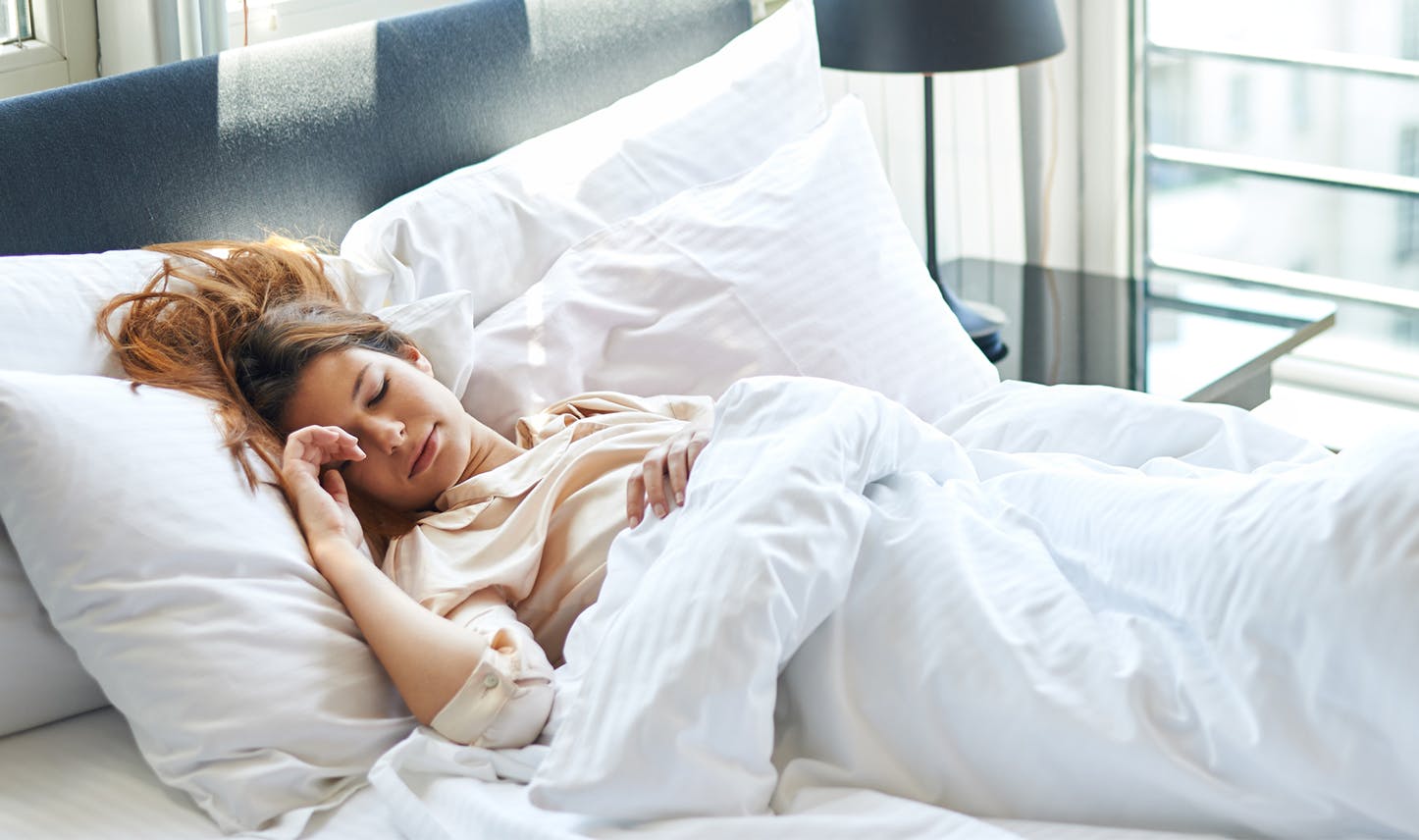Living with chronic pain significantly affects quality of life, making everyday activities challenging and affecting overall well-being. At San Francisco Center for TMJ and Sleep Apnea, we can help you with effective solutions for managing and alleviating chronic pain. Our comprehensive approach combines advanced techniques and therapies to address the underlying causes of your pain and provide you with relief.
Leading experts in sleep apnea treatments
We understand the burden of sleep apnea and the worry and stress it causes. We understand your pain, your mood disorders caused by lack of sleep, the embarrassment snoring can cause, the frustration. We are here to help. At the San Francisco Center for TMJ and Sleep Apnea, we are the compassionate experts in sleep apnea and fully versed in its impact on your overall health. Our expertise lies in identifying and treating various forms of sleep apnea and delivering holistic, personalized, effective care.



